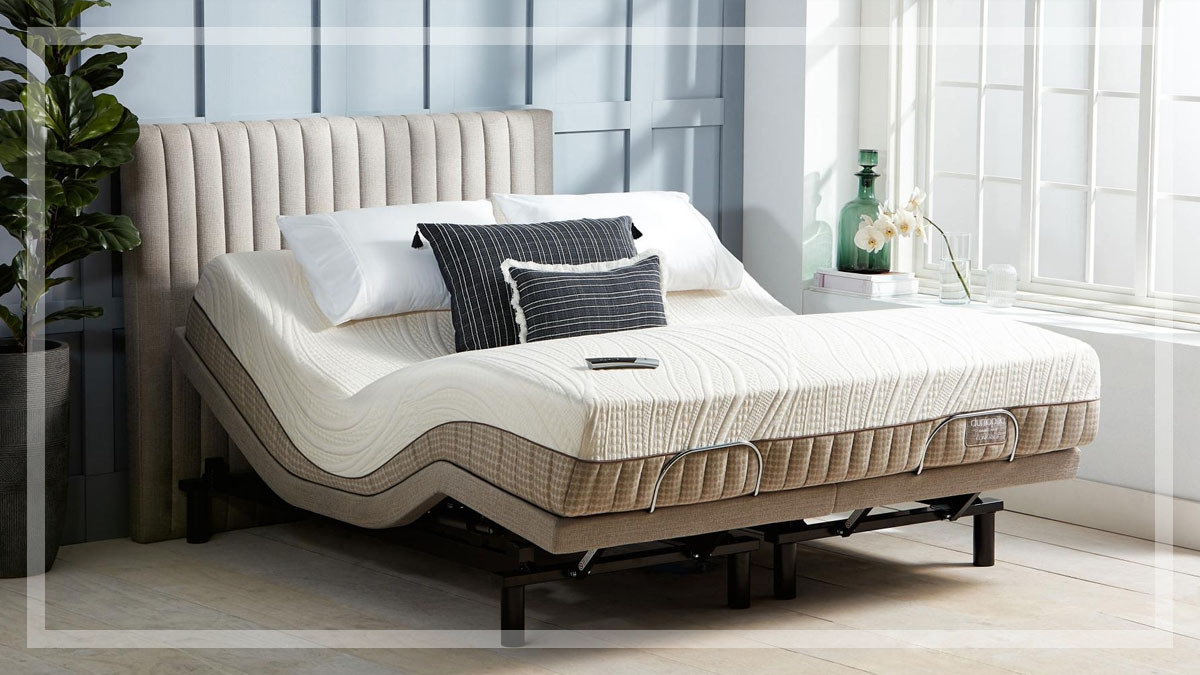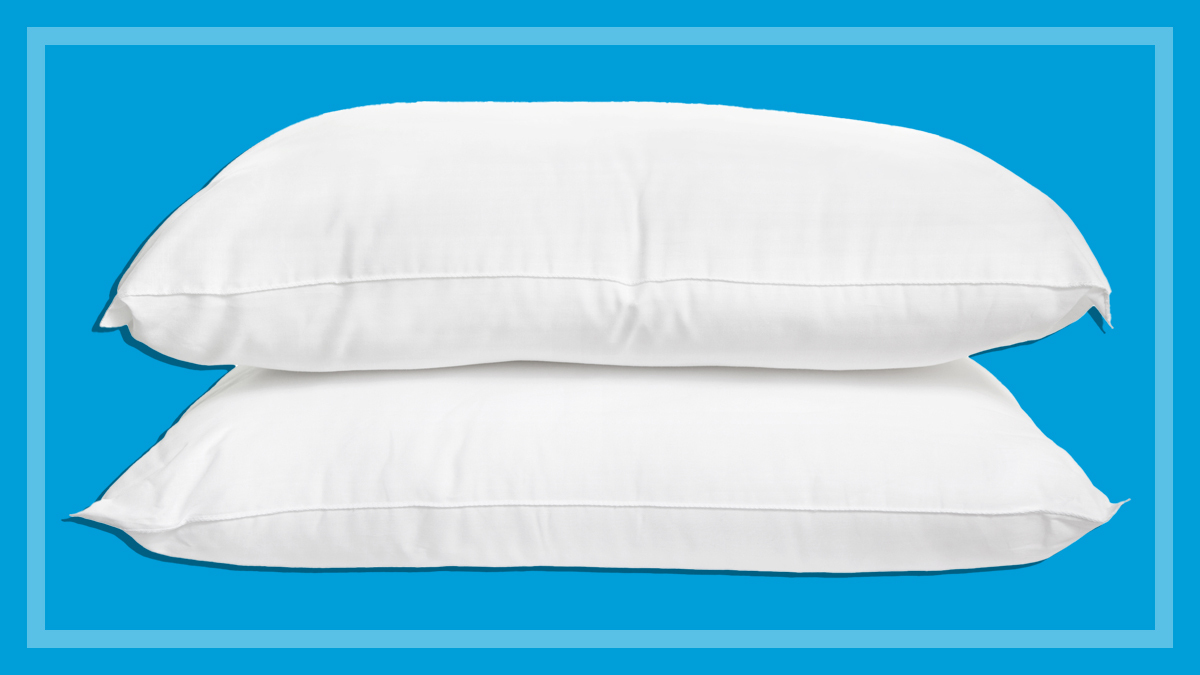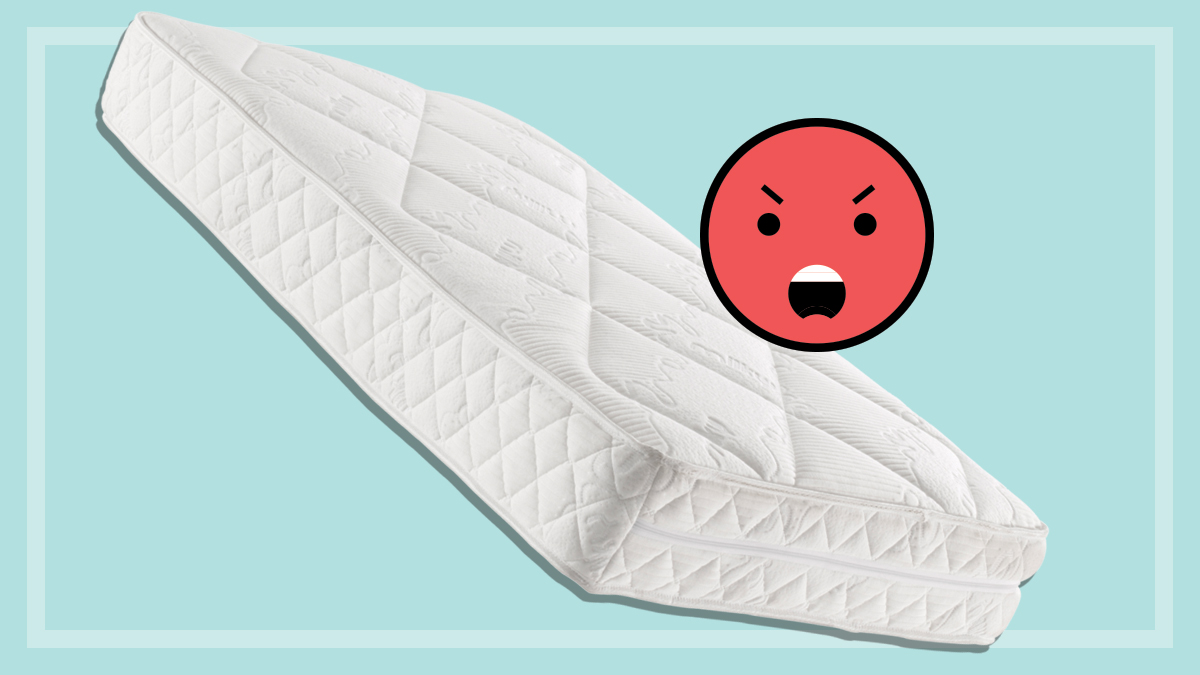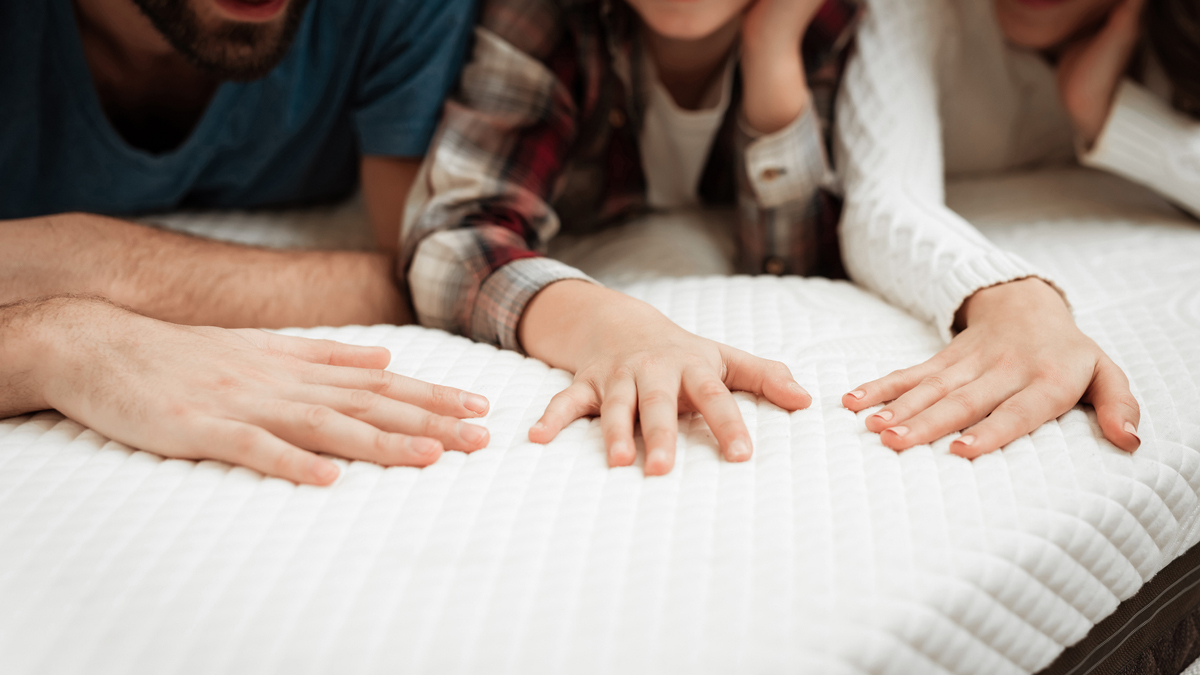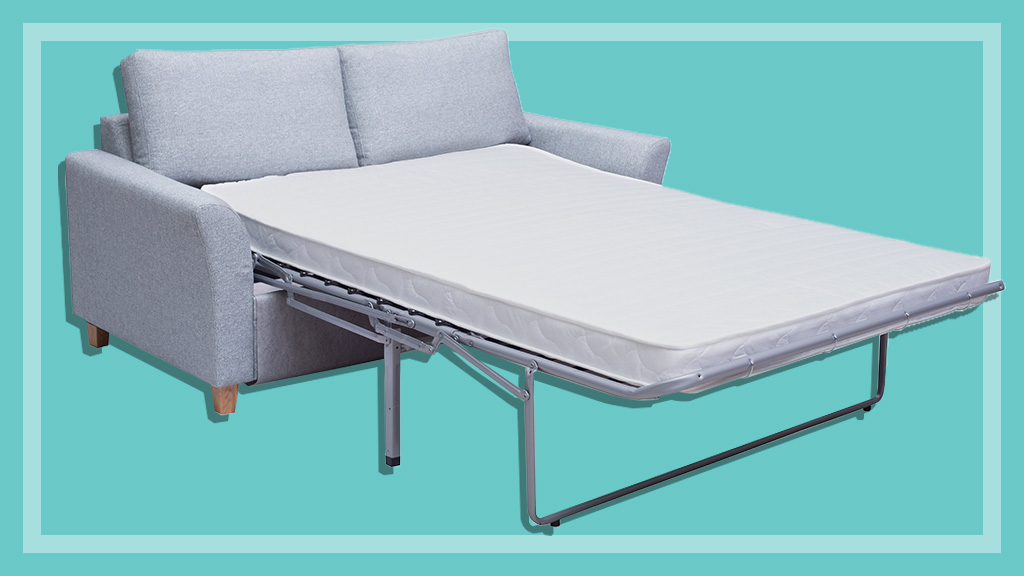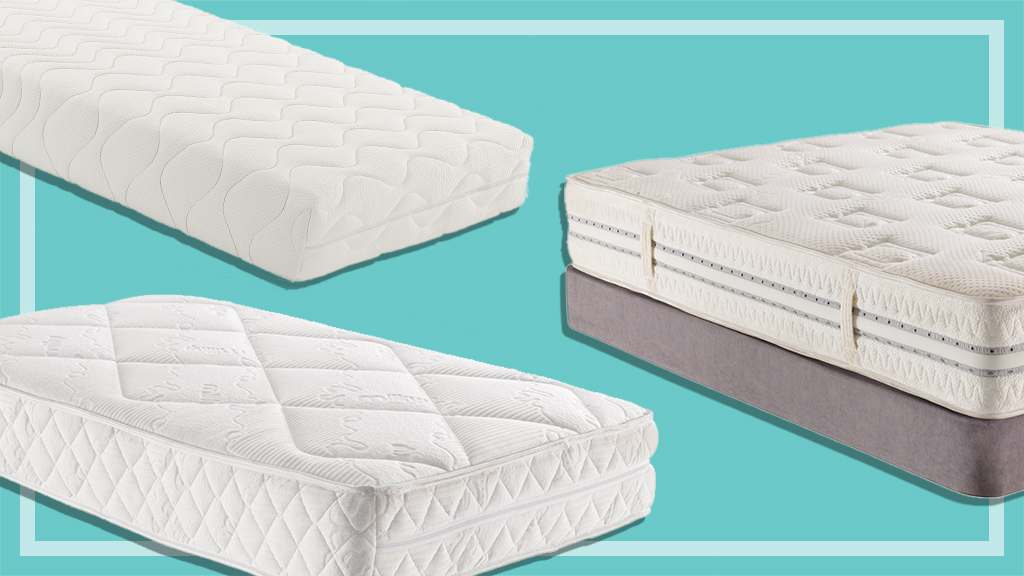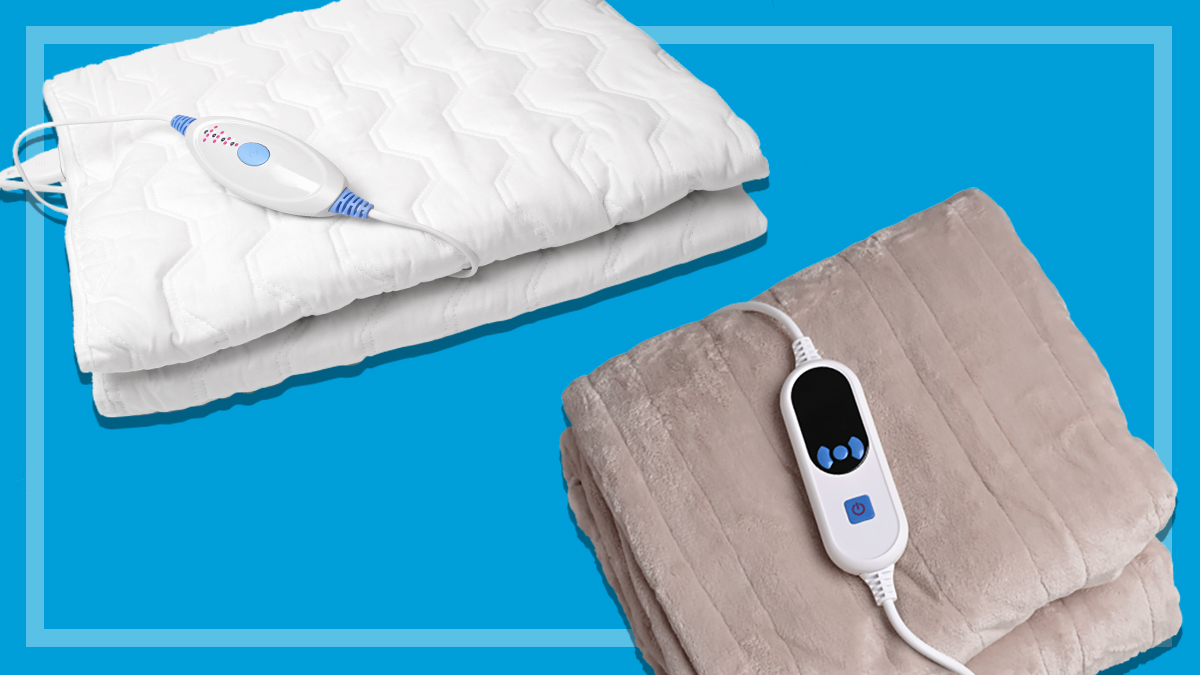How to buy the best adjustable bed
From bending beds to zero gravity, we take you through the functions and features of electric adjustable beds.
Last updated: 11 Dec 2025
Have you ever fantasised about eating breakfast in bed propped up on a luxury mattress? Do you need to alleviate back pain by sleeping in a different position? Or are you looking to maintain your independence at home? An adjustable bed could be what you need.
On this page:
Shopping for adjustable beds can be an exciting adventure or a daunting prospect. We help you understand what adjustable beds can do and how to choose which type will best suit your needs.
What is an adjustable bed?
Adjustable beds can bend, tilt and move up and down. These functions allow you to sleep in different positions and can help you get in and out of bed. These days, most adjustable beds are electric, driven with a remote control.
Thanks to their customisable nature, adjustable beds can help with a variety of health conditions.
- Back pain: Sleeping in a semi-upright position is more comfortable for some than lying flat. In addition to this, most adjustable beds can be set to ‘zero-gravity’, a position where both the head and feet are elevated but the legs are higher than the head. This produces a feeling of weightlessness and alleviates pressure on the lower back.
- Snoring: Raising the upper body may reduce or stop snoring as it helps to open the airways and may prevent obstructions that cause snoring.
- Low blood pressure: Elevating the feet and legs encourages circulation.
- Reflux: Raising the torso and head can reduce reflux because it’s harder for acid to travel up the oesophagus.
Remember to always speak to a health professional about whether an adjustable bed is likely to benefit your particular health issue.
Types and features of adjustable beds
Adjustable beds come in standard Australian bed sizes, non-standard sizes and can also be custom made. Sizes for split-bases can vary, but they’re usually the same as standard sizes.
CHOICE tip: Choose a bed at least 15cm longer than you, because electric beds tend to edge you down the bed when you elevate your upper body.
Standard types
- Sit-up: The top part of the bed can be angled up to support you as you sit semi-upright.
- Upper and lower body adjustable: Most electric beds can be adjusted to raise your upper body, knees and feet to varying degrees. Some also allow you to adjust the tilt of your head.
- Split: Some queen, king and super king bed frames contain separate bases, mattresses and controls, which lets sleeping partners choose their own positions without disturbing each other.
More specialised types (and more higher priced)
- Height adjustable: Bed base can be raised and lowered.
- Tilt adjustable: The whole bed base can be tilted forwards and/or backwards while the sleeper is lying flat.
Common features of specialised types
- Wireless remotes: Drive the bed’s electric components.
- Memory presets: Allow you to program your favourite positions.
- Massage function: Sends vibrations through the mattress at the head and/or foot of the bed.
- LED base lighting: Helps you move around the bed safely at night.
- USB ports: Charge devices for convenient access.
- Wall-hugging technology: Moves the mattress back towards the bedhead as the top section of the bed is elevated. This is designed to keep you in easier reach of the bedside table.
Pros and cons of adjustable beds
Pros
- Support you to sit up in bed.
- Provide a choice of sleeping positions.
- Help you get in and out of bed safely.
- Assist with health issues, such as snoring and back pain.
- Give you more independence.
Cons
- Expensive compared with regular beds.
- Heavier and bulkier than regular beds.
- Sometimes look like hospital beds.
- Often can’t be used with electric blankets (this depends on the bed model and mattress type).
- Make noise – new models are quiet, but could still wake light sleepers if a partner adjusts their side of the bed.
- Not all bases can be used with all mattresses.
- May need specialised sheets (with straps) or larger sheets to accommodate.
How much do adjustable beds cost?
Adjustable beds are generally more expensive than standard beds. Price increases with split models, increased functionality (such as tilting capability) and with the addition of fancy features like vibrating silent alarm clocks, and if they come with mattresses.
The following prices for adjustable bed bases are rough guides only, as the combinations of functionality and features are wide and varied.
- Long single or king single: $1200–6500.
- Double and queen: $1500–7400.
- Split queen and split king: $2000–7500.
Additional costs
Mattress
If you need to buy a compatible mattress, this could add thousands to your purchase. Depending on the mattress material and model, you could pay:
- $1000–5000 for a long or king single
- $1500–7000 for a double or queen
- $2000–9000 for a king.
Bedding
As mattresses on adjustable beds bend and slide, you may need to buy fitted sheets with deeper pockets or sheet suspenders to help keep the bottom sheet in place. If you buy a split adjustable bed, you’ll probably need bedding a size larger than your bed to allow for the difference in height levels between partners.
Additional components
Functional additions such as grip bars can add to your costs by a few hundred dollars. Lifestyle additions, such as massage units, are also sometimes sold separately, which could add hundreds or more to your purchase.
Government funding options
If your adjustable bed is for a disability, a health issue or to help you live independently, you may be eligible for funding through the NDIS, My Aged Care, or the Department of Veteran affairs.
CHOICE tip: Bed retailers have frequent sales, so wait until recommended retail prices are slashed.
Do you need a special mattress?
Whether you’ll need to buy a new mattress depends on the size, weight and type of your current mattress, and also on the model of adjustable bed you choose.
To use your existing mattress, firstly it has to be the right size and an appropriate weight for the new base.
Secondly, the mattress type must be compatible. Foam and latex mattresses that are soft, light and relatively thin will work with most adjustable beds. Innerspring mattresses and thick, firm mattresses will not work.
Some adjustable beds can only be used with special mattresses that flex in sections. These mattresses are available at both specialty retailers and regular bed stores.
Tips for buying an adjustable bed
Specialty retailers offer a wider variety of beds for complex needs and can provide one-on-one appointments with experts, give assistance with applying for government funding, and do product demonstrations in your home. Always remember, however, to consult a health professional who is completely independent of any retailer.
Adjustable bed sales staff can be rather proactive in their style, but good staff will not rush you and will understand the need to test out beds thoroughly. Take your time using the controls, trying out the positions and functions, getting on and off the bed, and testing different kinds of mattresses. It’s also a good idea to have someone with you for support and another perspective.
Features to look for in an adjustable bed
- Range of motion: How many degrees can the upper and lower sections be elevated?
- Safety features: Does the bed have an anti-entrapment function?
- Presets: How many positions can the bed remember?
- Retention bars: How adequate are the bars that hold the mattress in place? Without good retention features, mattresses on adjustable beds can slip off the base easily.
- Weight limit: Can the bed handle you, a partner, and the weight of your mattress?
- Long warranty period on the electric components: Look at the fine print, not just the overall warranty on the bed frame.
Some practical additions, such as grab rails, are only compatible with certain types of bed frames, so it’s wise to think ahead.
Will your adjustable bed need maintenance?
Modern electric beds generally don’t require any special maintenance. However, some care instructions include recommending occasionally lubricating the moving parts. Most warranties cover the motor and parts for two, five or 10 years. During that time, the supplier will generally carry out any repairs at your house.
To keep your adjustable bed working well, keep it and the surrounding area as free from dust and moisture as you can.
An adjustable bed should last in good condition from about five to 10 years. Even though the frames are often covered for long periods, the electrical components and parts are sometimes only covered for two or five years.
How to get rid of your old adjustable bed
Adjustable beds are large, heavy items that are difficult to move on, but when yours has reached the end of its life you do have some options. You can:
- book a local council pick-up
- contact the supplier to enquire about their removal services
- recycle the mattress through an organisation like Bed Collect or Soft Landing
- sell it on an online platform like Gumtree or Facebook Marketplace
- donate it through a needs-based donation organisation, such as GIVIT.
Related
Matthew Steen is the Director of Reviews and testing, which conducts all the testing content for CHOICE. He has worked for CHOICE for more than 20 years, from customer service to testing and content production.
Matthew is driven to work at CHOICE for its mission, and the people that it attracts, from staff to members, all dedicated to making Australia more fair, safe and just.
Matthew represents CHOICE as a council member on the Standards Australia Council. He is also responsible for ensuring CHOICE stays carbon neutral.
Matthew has a Bachelor of Humanities in Ethics from Queensland University of Technology.
Find Matthew on LinkedIn.
Matthew Steen is the Director of Reviews and testing, which conducts all the testing content for CHOICE. He has worked for CHOICE for more than 20 years, from customer service to testing and content production.
Matthew is driven to work at CHOICE for its mission, and the people that it attracts, from staff to members, all dedicated to making Australia more fair, safe and just.
Matthew represents CHOICE as a council member on the Standards Australia Council. He is also responsible for ensuring CHOICE stays carbon neutral.
Matthew has a Bachelor of Humanities in Ethics from Queensland University of Technology.
Find Matthew on LinkedIn.
My main work is as a journalist, having written for The Age, The Sydney Morning Herald, The Big Issue, Sanctuary Magazine and Meanjin.
My freelance writing and editing include Bush Heritage Australia, Adult Learning Australia, Mind Australia, RMIT University, and Leighton Contractors.
Diploma of Arts — Professional Writing and Editing, RMIT TAFE, Melbourne, 2011
Bachelor of Arts (Communications Studies, Journalism Major), University of Newcastle, 1997
Find me on LinkedIn
My main work is as a journalist, having written for The Age, The Sydney Morning Herald, The Big Issue, Sanctuary Magazine and Meanjin.
My freelance writing and editing include Bush Heritage Australia, Adult Learning Australia, Mind Australia, RMIT University, and Leighton Contractors.
Diploma of Arts — Professional Writing and Editing, RMIT TAFE, Melbourne, 2011
Bachelor of Arts (Communications Studies, Journalism Major), University of Newcastle, 1997
Find me on LinkedIn

